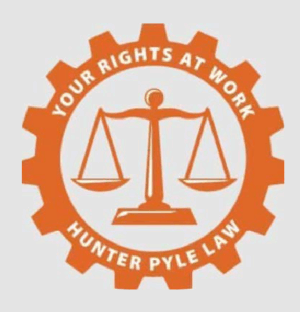PAGA and Public Entities: The End of an Era
![]()
On August 30, 2024, the California Supreme Court considered the question of whether plaintiffs could recover PAGA penalties against public entities in a case called Stone v. Alameda Health System (“AHS”).
This question had previously been addressed in a court of appeal case called Sargent v. Board of Trustees of California State University (2021) 61 Cal.App.5th 658. In Sargent, the court held that PAGA penalties could be collected against public entities if the underlying Labor Code section provided for a specific penalty (as opposed to the default penalties under Labor Code section 2699(a)).
The Supreme Court concluded, contrary to Sargent, that public entity employers are not subject to PAGA suits for civil penalties for the following reasons:
- The Labor Code’s definition of “employers” did not include public entities; and
- PAGA exempts public entity employers from penalties for violations of Labor Code provisions carrying their own specific penalties.
Furthermore, and significantly, the Supreme Court found that public employers were also exempt from meal and rest break requirements and related statutes governing the timely and full payment of wages.
The Stone decision is pretty clear. The only question remaining is whether a particular entity is a public employer. In Stone, the Supreme Court looked first to the enabling statute that allowed the Alameda County Board of Supervisors to create the AHS as a “separate public agency.” See Health & Saf. Code, § 101850, subd. (a)(2)(C). The text of that statute referred to the AHS as a public agency and addressed AHS’s rights and liabilities under laws that specifically apply to public entities. Other parts of the enabling statutes exempt AHS from laws that generally apply to public entities, which would not have been necessary unless AHS was in fact a public entity.
The Supreme Court also rejected the finding of the Court of Appeal that by designating AHS a “government entity separate and apart from the county” the Legislature had intended
it to be treated as a private employer. It also rejected the plaintiffs’ argument that AHS could not be considered a political subdivision of the state because it lacked “geographical
jurisdiction.” Similarly, the Supreme Court rejected the plaintiffs’ argument that an employer can be considered a public entity exempt from Labor Code requirements only if it has the same sovereign powers as a city or county.
After Stone, when trying to figure out if a particular entity is liable for wage and hour violations under California law, it is critical to determine whether the entity is a “public entity.” The first place to look when answering that question is the statute that authorized the creation of the entity.
If you have questions about your rights at work, please feel free to contact the workers rights attorneys at Hunter Pyle Law PC.


